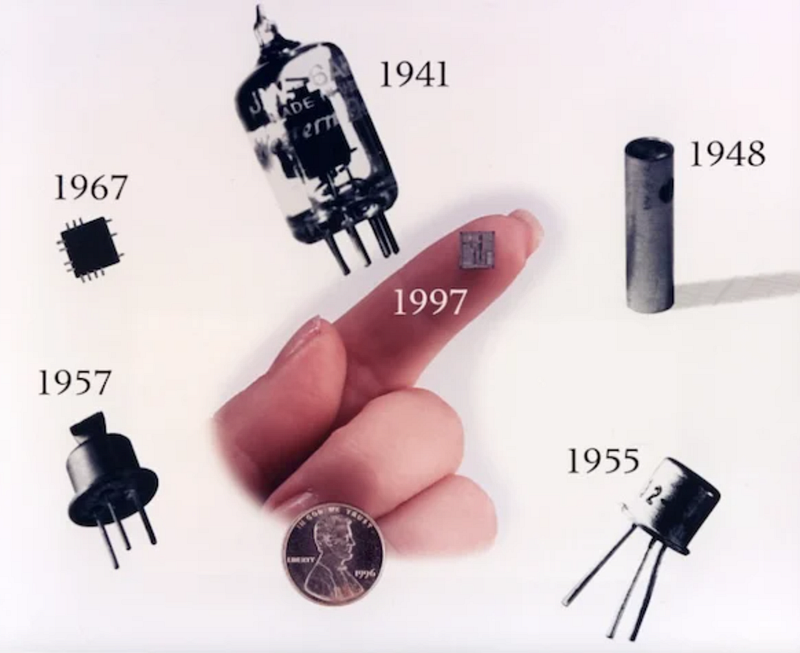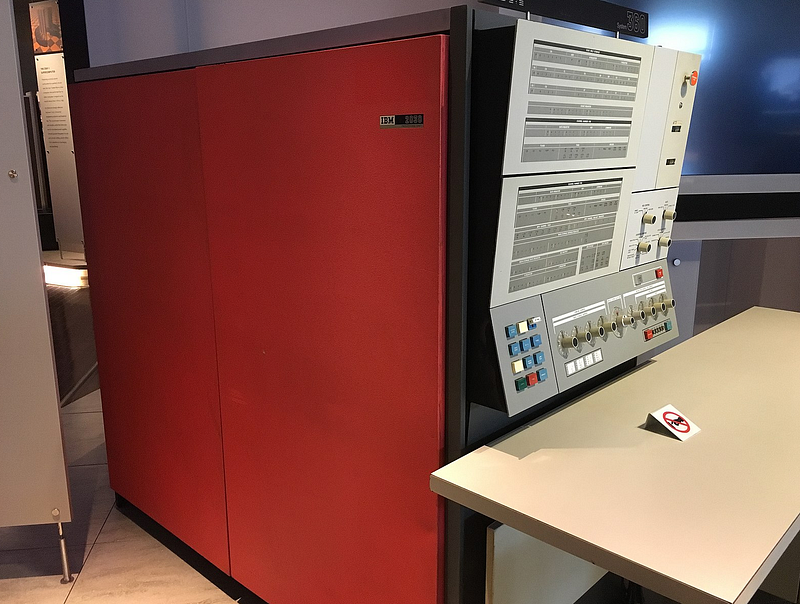Decentralized Computing: From TimeShare to Cloud Services
Written on
The Origins of Decentralized Computing
Decentralized computing has transformed the tech landscape, offering a new approach to accessing resources. For those who grew up with platforms like iCloud and Dropbox, cloud computing feels familiar. However, the roots of decentralized computing can be traced back to the early days of computing, specifically to a system known as TimeShare. This innovation allowed businesses to use computing resources without the hefty investment in large-scale machines. This article will take a nostalgic look at the TimeShare era and its influence on modern cloud services. Let's travel back to the 1960s!
The Dawn of TimeShare
To understand the emergence of TimeShare, we must revisit the 1960s—a decade marked by technological excitement due to events like the space race and the rise of consumer electronics. Although this era held great promise, it also faced significant challenges related to the size and cost of computing devices. Despite advancements like transistors, technology had not yet reached the point of widespread accessibility, making computers cumbersome and expensive.

The period from 1960 to 1970 saw groundbreaking innovations that paved the way for future developments. For instance, the launch of Telstar, the first commercial satellite, in 1962 symbolized a new era of communication. The establishment of the US Peace Corps in 1961 and the television boom, with 90% of American households owning a TV, further illustrated the technological advancements of the time. However, personal computing had not yet emerged, as existing computers mainly served business needs.

Despite the focus on business computing, significant strides were being made. IBM dominated the market, consistently introducing innovative models. One notable machine, the PDP-1, played a crucial role in the development of what we now know as "hacker culture." This machine laid the groundwork for many of today’s technological advancements.
The concept of TimeShare began in 1961 with a feasibility study by MIT. This initiative evolved into practical applications by 1964, leading to the creation of APEX, which utilized a TX-2 machine to commercialize this novel technology.

The Expansion of TimeShare Services
As demand for computing resources surged, retailers found themselves in a prime position to capitalize on this trend. The TimeShare model emerged at a time when personal computing was not yet mainstream, leaving a gap in the market. Consequently, manufacturers stepped in to provide these essential services, which significantly boosted their revenue.
Companies established large data centers equipped with cutting-edge technology, allowing for continuous TimeShare services—essentially the first cloud computing environments. Unlike today’s cloud systems, these early services were foundational to what we now experience. Let's delve deeper into how a typical TimeShare arrangement functioned.
Million Dollar Bitcoin, ZK Proofs and Decentralized Computing - The Technologies of the Future
This insightful video explores the innovative technologies that are shaping the future of decentralized computing and how they relate to the evolution of cloud services.
How TimeSharing Operated
Timesharing allowed multiple users to share a single computer simultaneously. Here’s how it typically worked:
- Users would connect through a terminal or remote access.
- The system divided processing time, giving each user a chance to interact.
- Charges were based on the duration of use, with varying pricing models depending on the provider and time of day.
- Peak hours, typically during daytime, saw higher charges due to increased demand.
- Off-peak hours, usually at night, offered lower rates to encourage usage during quieter times.
- Pricing strategies aimed to balance resource demand with operational costs.
In summary, TimeSharing systems facilitated shared access to computing power, charging users based on their usage. This model laid the groundwork for the dynamic pricing strategies we see in today’s cloud services.
The Decline of TimeShare
Although manufacturers enjoyed a competitive edge during the TimeShare boom, this advantage was not permanent. The 1970s marked the beginning of challenges, as the widespread adoption of transistors led to decreased demand for centralized computing services. This period of recession caused a decline in both demand and investment in computing technology.
As personal computers became more accessible in the late 1970s and 1980s, the landscape changed. Businesses began acquiring their own hardware, reversing the earlier trend of relying solely on TimeSharing. Despite these shifts, TimeSharing systems did not vanish overnight. Instead, they gradually evolved, with remnants of these services persisting into the 1990s.

Ultimately, the dot-com boom heralded the end of traditional TimeShare services, as the proliferation of the internet made personal networks more accessible. Some argue that TimeSharing laid the groundwork for modern cloud computing, evolving into the shared services we rely on today.
What the Tech is a bi-monthly series that highlights technological innovations that have significantly shaped our world. If you found this article insightful, consider subscribing for updates on our future pieces.
? Enjoyed this article? Support our work and join the community! ?
? Support me on Ko-fi: Investigator515
? Join our Telegram channel for exclusive updates or follow us on Twitter.
? Articles you might like: OSINT Unleashed: 5 Essential Tools for Cyber Investigators, Unleashing the Hunters: A History of Wild Weasels
How Decentralized Tech is Revolutionizing Our World!
This video discusses how decentralized technology is transforming our society, highlighting its impact on various sectors and its potential for future developments.